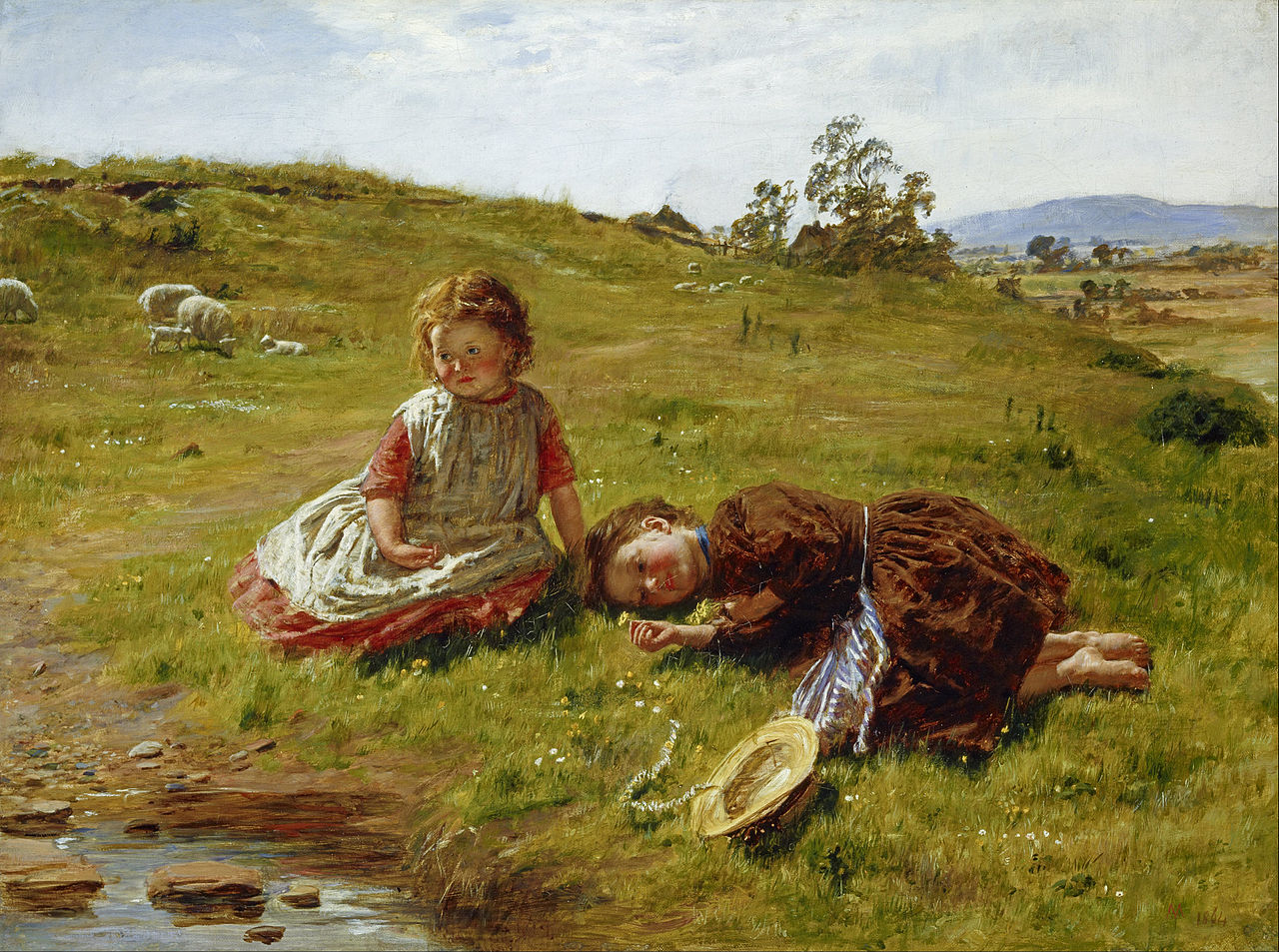The Last Men and the Death of Beauty:
In order to even pose this question one first has to understand who “we” are. If we can have enemies, “we” cannot be everybody. Coupled with this, there must have been a time when, according to the internal logic of the question, we can all agree that we had enemies. Herein lies the paradox because to ask this question implicitly accepts the possibility of a universal human community and yet implies that at one time the human community definitely wasn’t universal.
So, in a sense what this question seeks to truly explore is whether there has been a substantive change in the human community such that “we” are now everyone. In saying that the human community is now universal one makes a claim that the universal “we” must be living in the final stage of history, that there are now no more fundamental arguments to be had which would challenge the basis of the existing political and social order and thus as there are no more fundamental challenges, there are no more enemies.
Concretely, that would mean that in spite of the claims made by Carl Schmitt, that a “neutral domain” of discourse has been created, through which the “we” in question has become entirely universal. This “neutral domain”, if it is to fulfil the purpose outlined above, must be absolute in that it must direct all political discourse in such a way that nothing can challenge the premises of a social organisation built along the lines of neutrality, for the enemy is that person or group which challenges our existence as a group and the premises on which the group stands.
It would be to say that there is no difference between the Islamic fundamentalist and the liberal because both are subsumed under the same “neutral domain”. Therefore, the question to now answer is;
To what extent is it true to say that “we” have become everyone through the construction of a “neutral domain”?
In understanding whether “we” are everyone, what is crucial to comprehend is that the project of the modern liberal regime has been to take away from the human community all objective signifiers of right and wrong, of beauty and ugliness. Those who believe that “we” are now universal see no need to fight over the creations of man because there are no more signifiers of whether these creations have any value to them.
Under this understanding “we” have become like Nietzsche’s last men in that there is “No Shepard and one heard! Each wants the same, each is the same, and whoever feels differently goes voluntarily into the insane asylum”. One can argue, that the liberal order has taken away the need for values and because there are no values “we” can no longer disagree over what the values of society ought to be. Individual pleasures and displeasures remain but these are not the signifiers of right and wrong.
The Islamic terrorist or the socialist revolutionary is no longer an enemy of society, he is a sick individual. He does not represent a threat to the social order because he seeks to fight a valueless society with values. He is merely a problem to be solved within the universal “we”.
One can understand this position fully once one understands the fundamental changes which have taken place in the creative production of mankind. Media, like art, is a product of human creation, but art would be a question of “interpreting the intellect”, of realising moral perfection through human creation (something which requires the application of values and therefore inevitable disputes between groups). What dominates today is merely media, a domain which is free of values but imposes on humanity a social order that binds us in a universal knot.
As Adorno and Horkheimer wrote “The sociological theory that the loss of the support of objectively established religion … have led to cultural chaos is disproved every day; for culture now impresses the same stamp on everything.” Media is not only film or radio, it is an entire entertainment infrastructure which includes social media, on demand online services in addition to traditional forms of entertainment like film.
One can make the argument that the domain of media has become a “neutral domain” through which the liberal order has overcome values and yet has provided nothing to replace them. The fundamental tension in the domain of media is not being informed and uninformed, because media is merely entertaining not informational. The fundamental tension is instead between being connected and unconnected.
One does not interpret the contents with one’s intellect, but rather one seeks to be connected to everything regardless of its content. The media is simply a product to be consumed, it is no longer a moral statement. Thus, a social order is imposed through a media system which takes away all distinctions of good and evil, or ugly and beautiful and leaves one only with the imagined fear, the imagined danger of an enemy behind another screen.
In the social order, built on the domain of the media with this tension between being connected and disconnected, essentially everyone wants to be connected even if they disagree with what everyone else is doing. Even if you are a radical conservative who stands against the developments of modernity, you will favour connectivity in the media industry in order to spread your ideology.
No one sides with being disconnected, so even if there exist some substantive issues on which different groups disagree, no one actually dispute which side of the media industry they want to be on. Regardless of your beliefs, you will use Facebook, twitter and YouTube to spread your message and to be connected. Thus, everyone can be seen to now be united as a universal consumer of the media industry.
